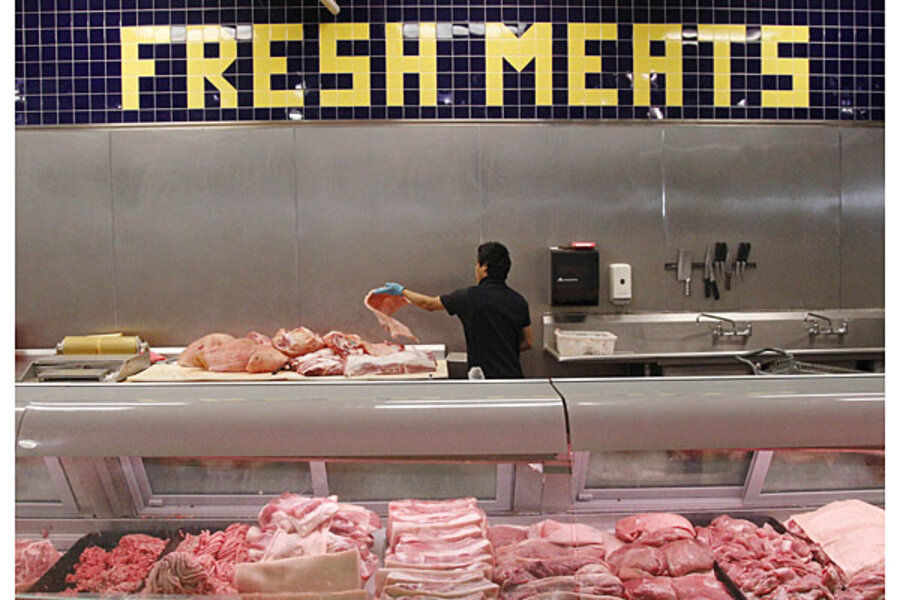Beef prices hit record highs. Four ways to save.
Loading...
As you prepare for BBQ season, the cost to throw a steak on the grill has never been higher—and that price doesn’t look to come down anytime soon.
A spike in beef prices has a greater immediate impact on the family wallet than that of most food items because, economists say, beef is a single-ingredient item. Rises in wheat or corn prices aren’t immediately felt in, say, the cost of a box of cereal because of the mix of ingredients inside, but there’s no buffer with a rise in the cost of beef—it is felt immediately at the market.
The cost of “all-fresh” USDA choice-grade beef in February reached a record retail price of $5.28 per pound, compared to $4.91 at the same time last year and $3.97 in 2008. That’s the highest price for beef since 1987. The cost of ground beef rose to $3.55 in February, up 56% since 2010.
Years of drought in cattle country have cut the American herd to its lowest level since 1951. And the rising fortunes and appetites for U.S. beef in Asia, especially China, have raised the competition over who will get American steaks. Analysts at Rabobank reckon the growth in global beef demand will continue to come mainly from China, where the domestic production of meat can’t meet rising demand.
And prices will likely remain high as ranchers struggle to replenish herds and as rain levels in ranching states raise questions whether pastures can support an increase, the Associated Press reports.
“We’ve seen strong prices before, but nothing this extreme,” Dennis Smith, a commodities broker for Archer Financial Services in Chicago, told the Los Angeles Times. “This is really new territory.”
What can you do?
Rising international demand and extreme weather will hit U.S. food prices in the coming year—the USDA expects all food costs to rise between 2.5% and 3.5% in 2014. We’re already seeing the effect of rising beef costs as chains such as McDonald’s have revamped their dollar menus and restaurants begin serving smaller cuts of meat and alternative choices such as turkey burgers.
Choosing chicken, turkey or fish is one way many shoppers can beat rising meat costs. “It does seem like consumers are making the choice to get the ground turkey instead of ground beef, or the filet of salmon instead of the filet of beef,” Richard Volpe, a research economist with the U.S. Department of Agriculture, recently told NBC.
If you’re a meat lover, it may be time to explore alternative cuts of meat rather than your favored sirloin. Daniel Vaughn, the barbecue editor for Texas Monthly magazine, told NPR he recommends beef chuck short ribs, beef back ribs and shoulder clod, a less tender shoulder cut. But those cuts take longer to prepare on low heat to cook up just right. “Go low and slow,” Vaughn says—as long as eight hours on the grill.
Meat typically goes on sale for a week at a time, so stock up your freezer when a sale hits your store,Marketwatch recommends. Keep a list of sale prices as a benchmark, and resupply only when the cost of meat nears that mark.
The fact that U.S. cattle herds are at their lowest level in more than 50 years speaks to the rising efficiency of agriculture: We get more meat out of each animal than ever before. So why don’t you explore buying a whole (or part of a) cow?
Investing in meat shares—group purchase of whole, half and quarter animals broken down into individual cuts—are rising in popularity. You can explore resources such as meat CSAs (that’s community-supported agriculture), often built around locally and ethically sourced meat. Online groups such as Local Harvest can help you find CSAs near you.
Illustration by Brian Yee.







